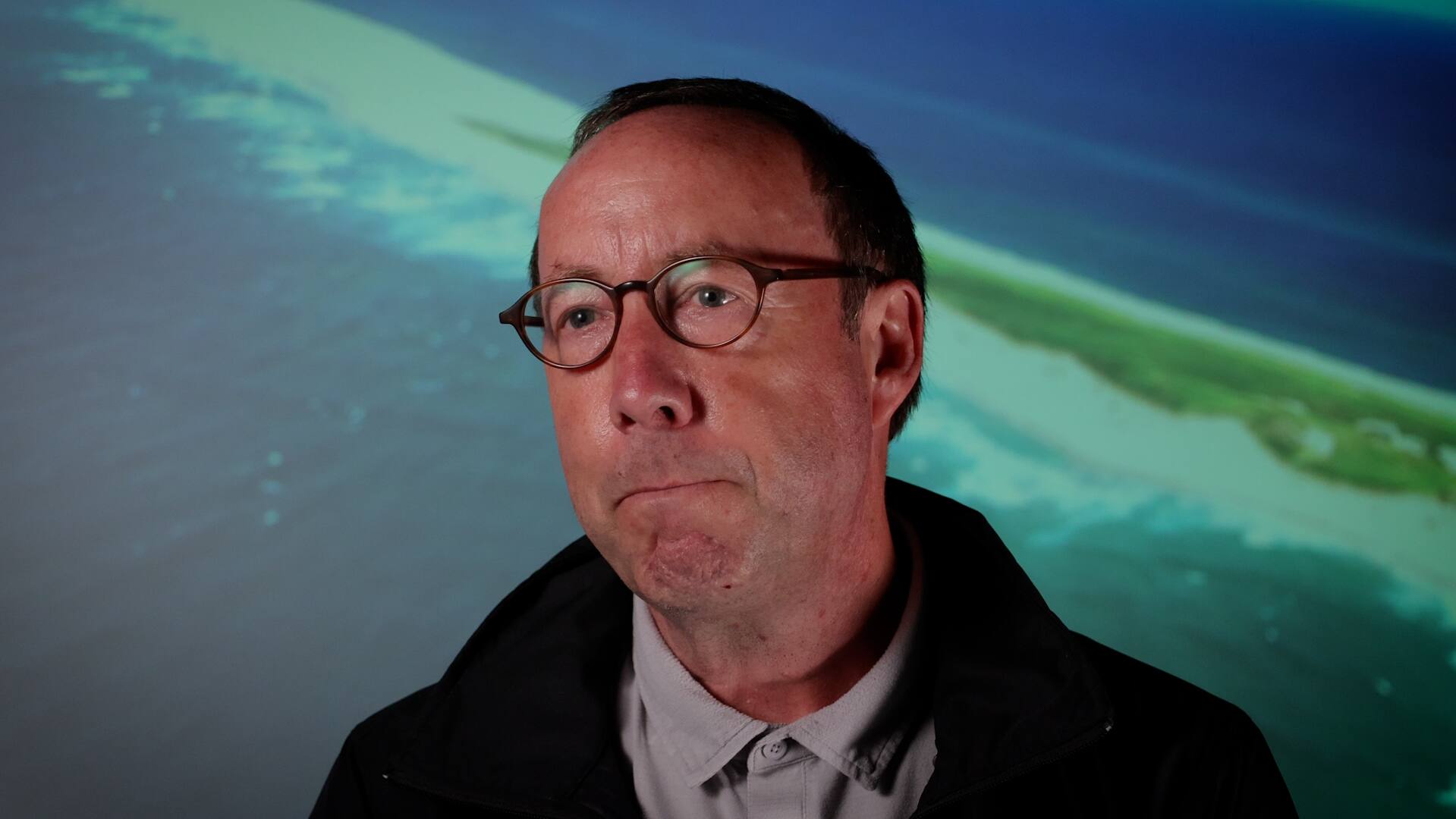[ad_1]
On Sable Island, N.S., a host of scientists have joined the horses, seals and seabirds this summer.
The island is making room for an international study aimed at improving prediction of marine fog — one of the biggest challenges in meteorology.
“We have been planning this for almost two years and now hundreds of instruments are being deployed. Some of them are already sending data for us,” said project leader Joe Fernando of Notre Dame University in a dune-side interview with CBC News.
Location, location, location
It is no accident Sable Island was chosen as the site of this field survey. A climate study determined it was the foggiest place on earth during summer, said Fernando.
“It is a quite expensive place to work because of the logistical requirements. But it is the most scientifically promising place to come to study marine fog,” Fernando told CBC News.
The crescent of sand located 300 kilometres offshore from Halifax is at the intersection of major forces in the Atlantic: where the warm Gulf Stream meets the cool Labrador current and close to the continental shelf break where ocean turbulence churns up tiny salt particles that create fog when water droplets form on them.
The interaction of all the atmospheric and oceanic processes involved is not completely understood — one reason fog can be predicted only a few hours in advance, if at all.
“Because fog is such a difficult problem involving all those processes coming together, you have to probe each of the causal factors and then put together the story,” said Fernando.
The Sable Island deployment
To try to better understand its properties, they’ve erected towers with instruments to measure thermal and solar radiation, installed optical sensors and equipment that for the first time can measure the droplets in drizzle, courtesy of Environment and Climate Change Canada.
Drones and weather balloons will also be deployed.
The United States Office of Naval Research is funding the two-year US$7.5 million project, which has its own acronym: FATIMA, for Fog and Turbulence Interactions in the Marine Atmosphere.
The data is not classified.
Dozens of scientists involved
The FATIMA project has brought together dozens of scientists from multiple institutions and disciplines.
One is Qing Wang, a professor at the meteorology department of the Naval Postgraduate School in Monterey, Calif.
On Sable, she is trying to measure fog as it passes between optical sensors. She wants to know why it is so difficult to see through fog. “We need to start from the basics to understand what really affects the optical propagation and how it is related to the general meteorological conditions, to the characteristics of the fog,” she said in an interview at the western end of the island.
The applications of her research include civilian aviation, high energy laser weapons used by the military and free space optical communication — the wireless transmission of data through air using light.
Paul Withers can finally cross visiting Sable Island off his bucket list. But it wasn’t exactly the easiest shoot he’s ever been on.
Instruments have been surrounded by temporary fencing, at the direction of Parks Canada, which manages the island.
“When the team was building the research study, they consulted with Parks Canada staff to ensure that it was both logistically but also ecologically feasible,” said Jennifer Nicholson, of Parks Canada.
“We do have 569 horses on this island. So the fences are primarily here to not only protect the instruments and the valuable equipment that the team has brought to the island, but also for the safety and protection of the horses.”
Ship expedition departs Halifax Friday
In addition to the Sable field survey, the FATIMA study has chartered the Irving-owned supply ship Atlantic Condor at a cost of $1.9 million.
This week the ship has been converted into a floating laboratory. It leaves Halifax for a month-long mission from Sable Island to the Grand Banks off Newfoundland on Friday.
Between 25 and 30 instruments have been mounted above the bridge to get clean samples free of ship emissions and distortions caused by the shape of the vessel, which changes air flow.
They include aerosol monitors from Dalhousie University in Halifax.
The ship will also deploy ocean gliders, balloons, and monitors to measure conditions at and below the surface.
“This is quite ambitious,” said Ed Creegan, chief scientist on board.
“This is a large-scale campaign from the ship perspective in particular, because we’re instrumenting so heavily in the atmospheric measurements, we’re instrumenting so heavily in the aerosol measurements, which really has not been done on a vessel based platform at all,” he said.
Next year the FATIMA project moves to the Yellow Sea off Korea.
[ad_2]
Source link




